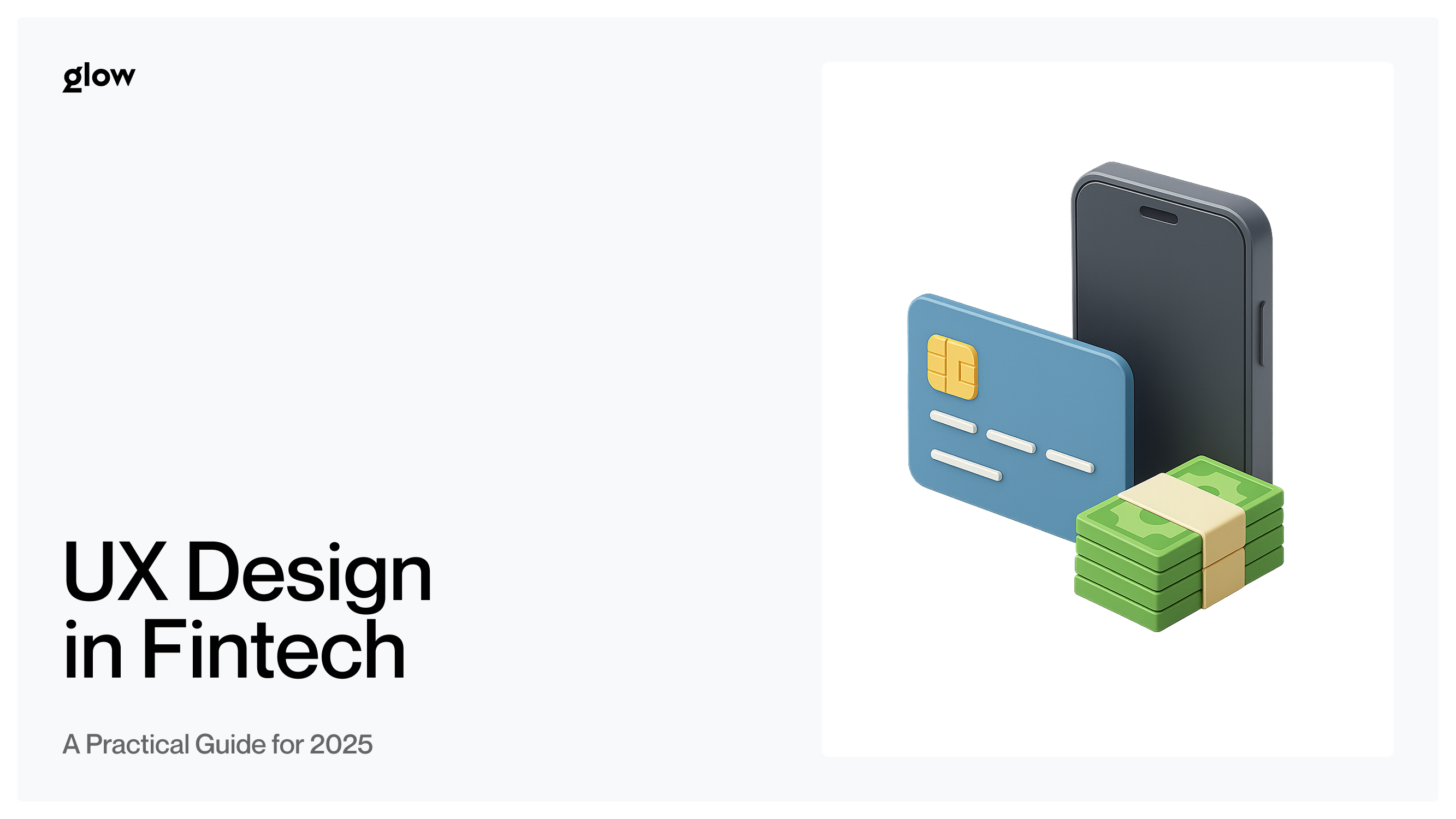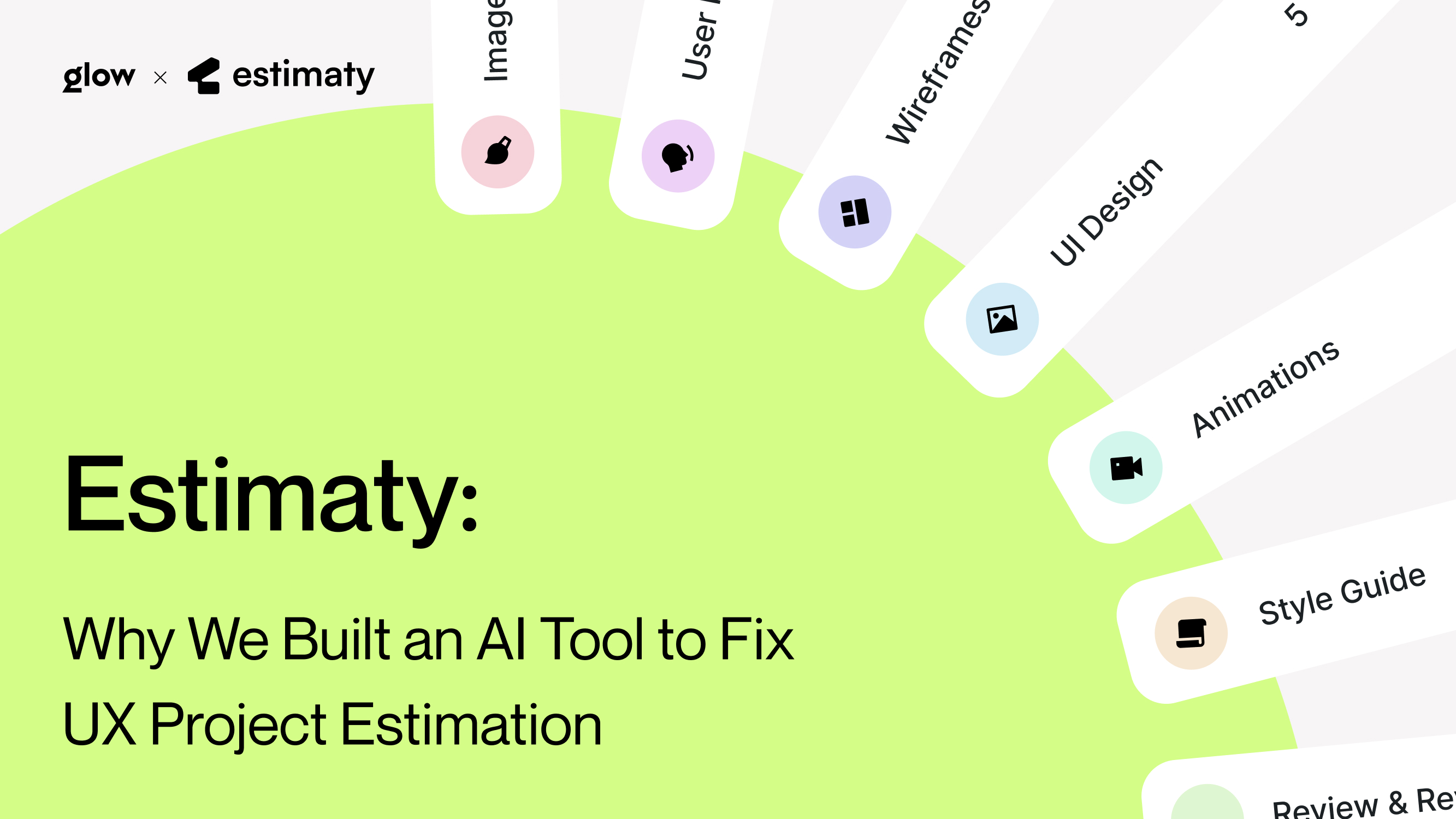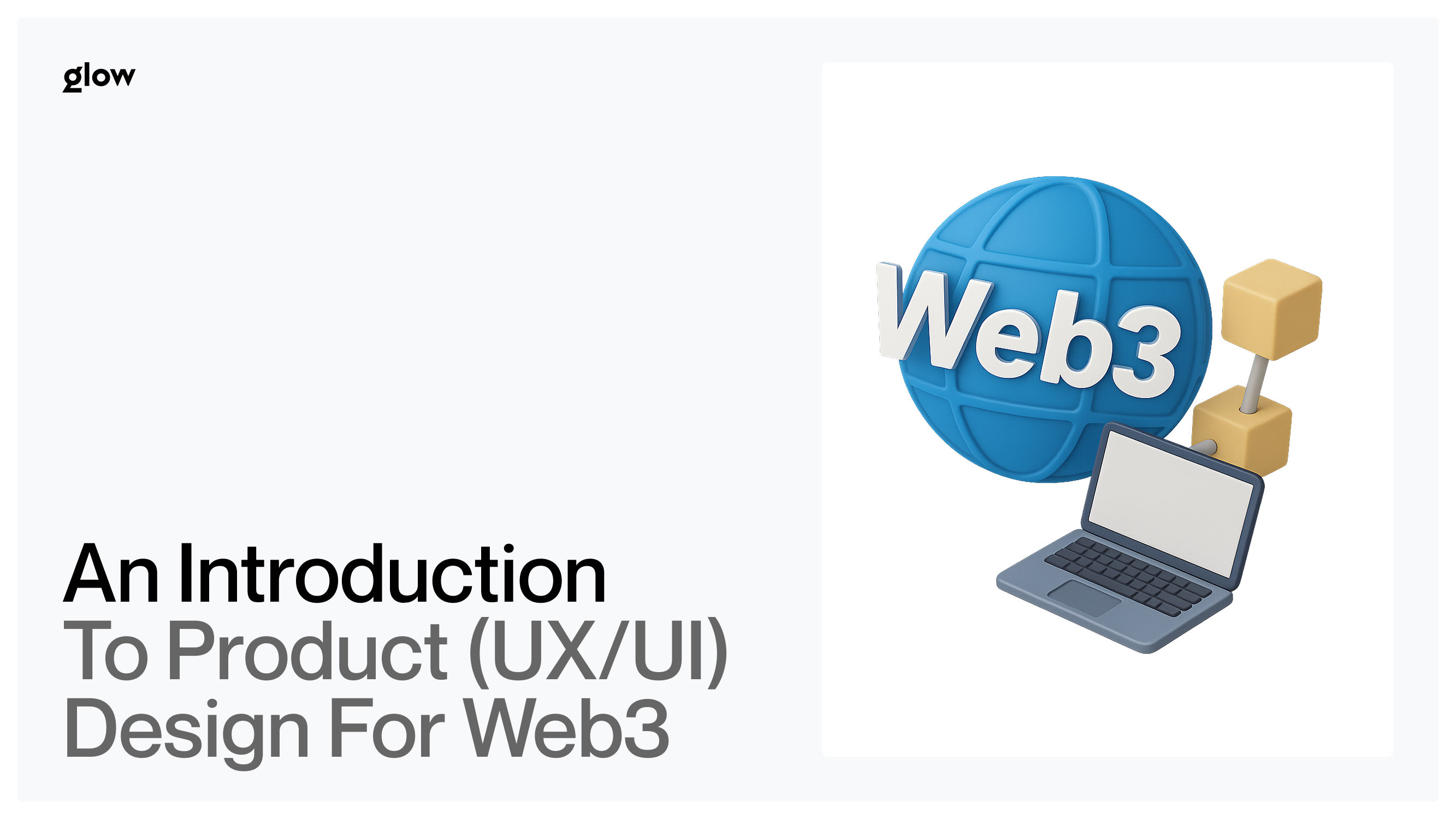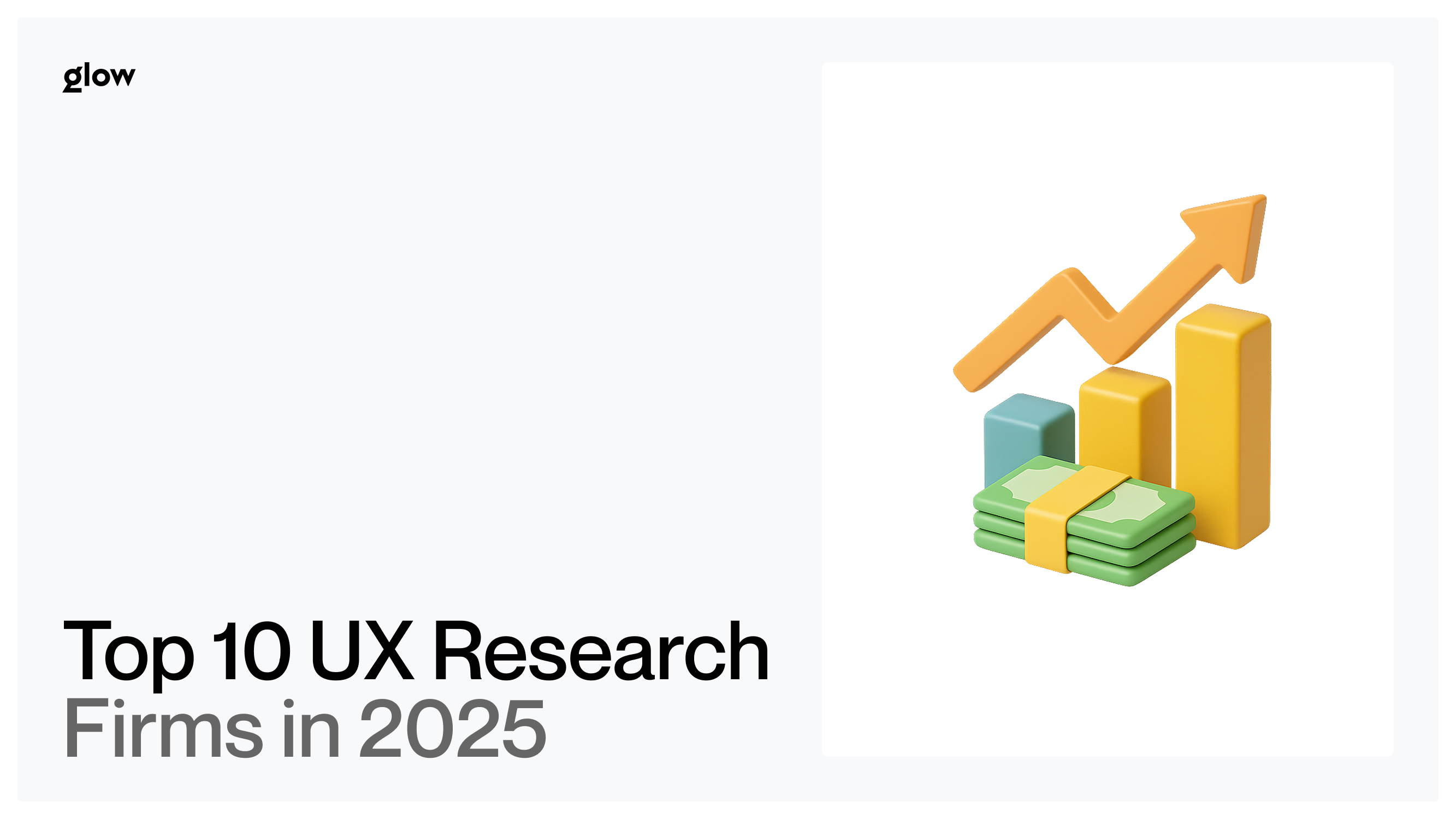Financial technology is changing the way we approach money. From mobile banking to cryptocurrency wallets, users expect simplicity and security. In this field, interface design can determine the success or failure of a product.
A high-quality UX helps build customer trust and increase conversion rates. The Glow Team knows how to create fintech products that users love and trust. In this article, we will explore key principles, modern trends, and real-world examples of successful design in financial technology.
Why UX Matters in Fintech
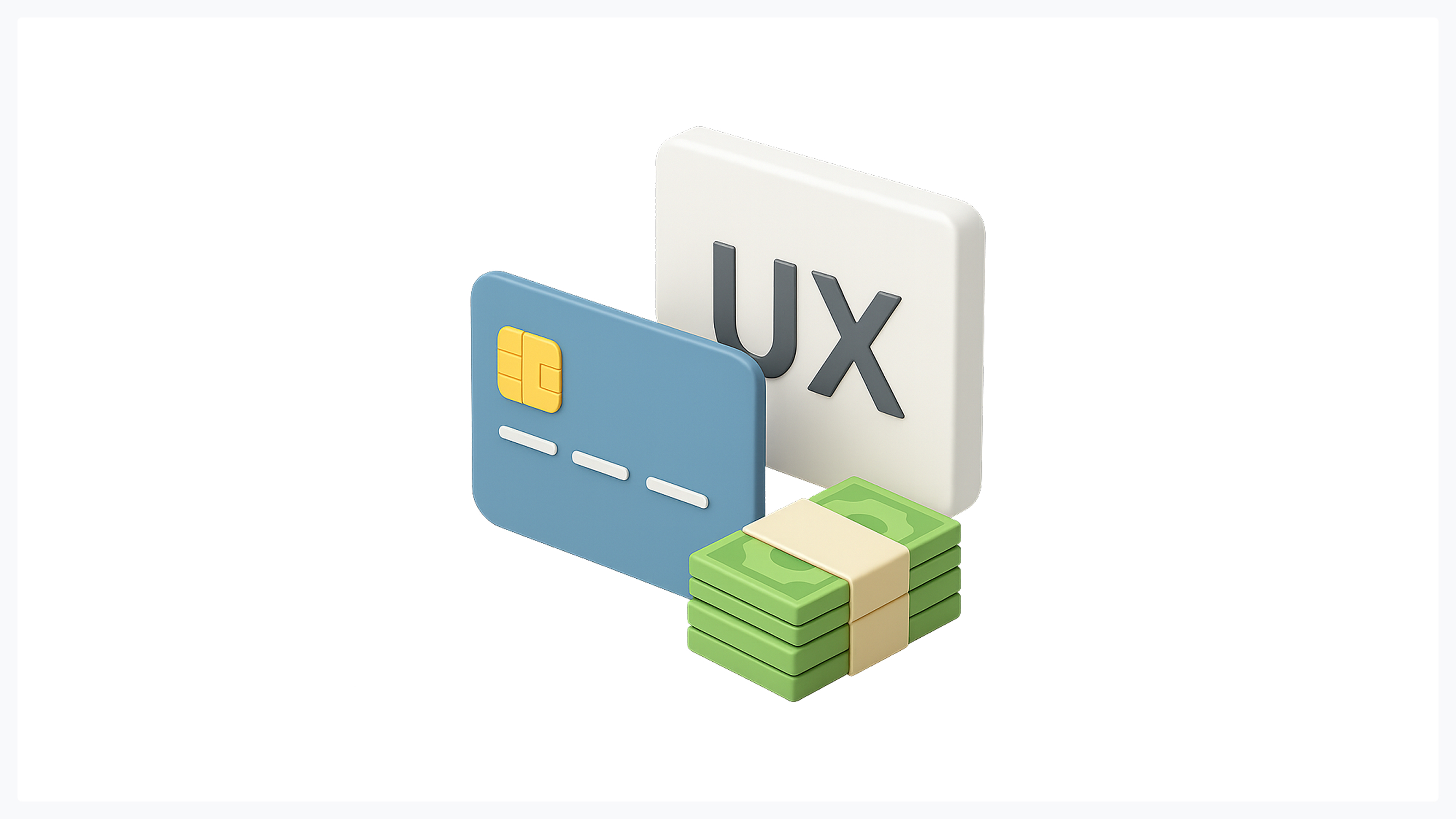
Trust, Clarity, and Engagement in High-Stakes Interfaces
When it comes to money, users become particularly demanding. They want to be sure that their funds are safe. Every button and every screen must inspire confidence. Fintech UX plays a crucial role in whether a user stays with your product or goes to your competitors.
Financial apps handle users' most sensitive data. Bank cards, personal information, transaction history — all of this requires a special approach to design. Users should feel in control of their finances, not afraid of every click.
Effective design in fintech enables people to make informed decisions. It presents information in a way that allows users to understand the consequences of their actions. This is especially important when taking out loans or making investments.
What Sets Fintech UX Apart From Other Industries
Fintech differs from other industries in its high degree of regulation. Each country has its requirements for financial products. Designers must consider not only usability but also compliance with the law. Fintech design must strike a balance between simplicity and compliance with all relevant regulations.
Another distinctive feature is the emotional component. Money evokes strong emotions, including fear, joy, and anxiety. Design should help users cope with these emotions. For example, showing progress in savings or explaining complex financial terms in simple, understandable language.
Working with a variety of companies, from startups to large corporations, the Glow team has learned to strike a balance between innovation and regulatory requirements. This experience helps us create solutions that work in the real world of the financial market.
Core Principles of Effective Fintech UX Design
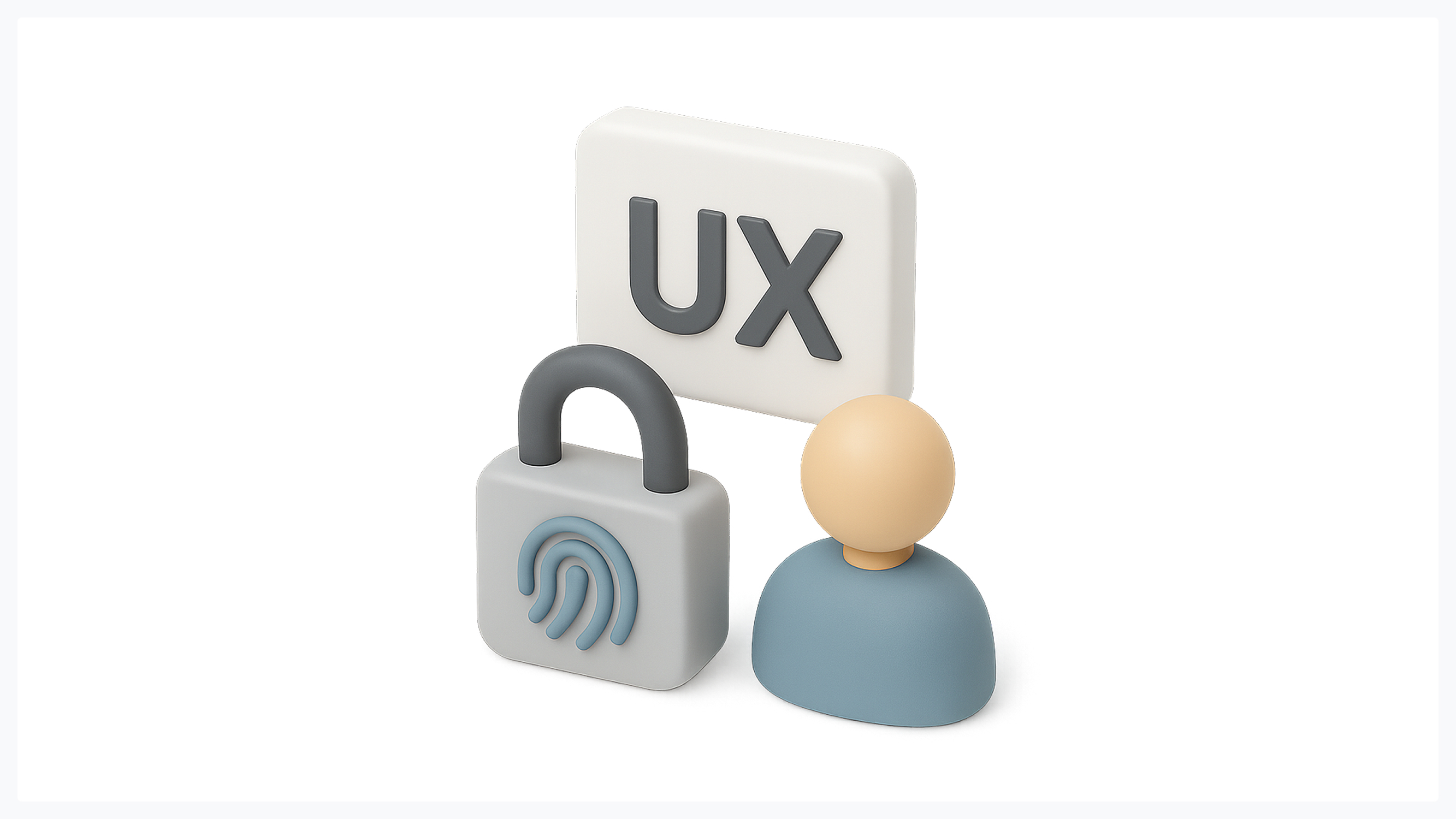
Security That Feels Seamless
Security is the foundation of any financial product. But it shouldn't get in the way of the user. Modern technology enables us to design secure systems that operate transparently for the user.
Biometric authentication and two-factor authorization should be integrated in a way that does not create unnecessary obstacles.
Users should understand what security measures are in place. Transparency in data protection builds trust. Demonstrate how you protect their information while avoiding overwhelming them with technical details.
Simplicity Without Sacrificing Functionality
UX design for fintech requires a special skill — simplifying the complex. Financial products are inherently complex, but their interfaces must be understandable. Use familiar patterns, icons that users are familiar with, and logical navigation.
Each screen should have a clear purpose. Don't try to fit all the features on one page. It's better to create several simple screens than one complex one. The user should understand what is happening at every stage.
Personalization That Builds Loyalty
Personalization in fintech is not just a greeting by name. It's smart recommendations based on the user's financial behavior. Offer relevant products at the right time. Demonstrate to users how they can enhance their financial situation.
But remember to draw the line. Too much personalization can deter users. Always give them the option to turn off automatic recommendations or change their privacy settings.
Inclusive Design for Financial Accessibility
Financial services should be accessible to everyone. Consider the needs of people with disabilities. Use sufficient color contrast, support screen readers, and make fonts large enough.
Be mindful of varying levels of financial literacy. Not all users are equally knowledgeable about finance. Provide reference materials, explanations of terms, and step-by-step instructions for complex operations.
UX Design Challenges in Fintech
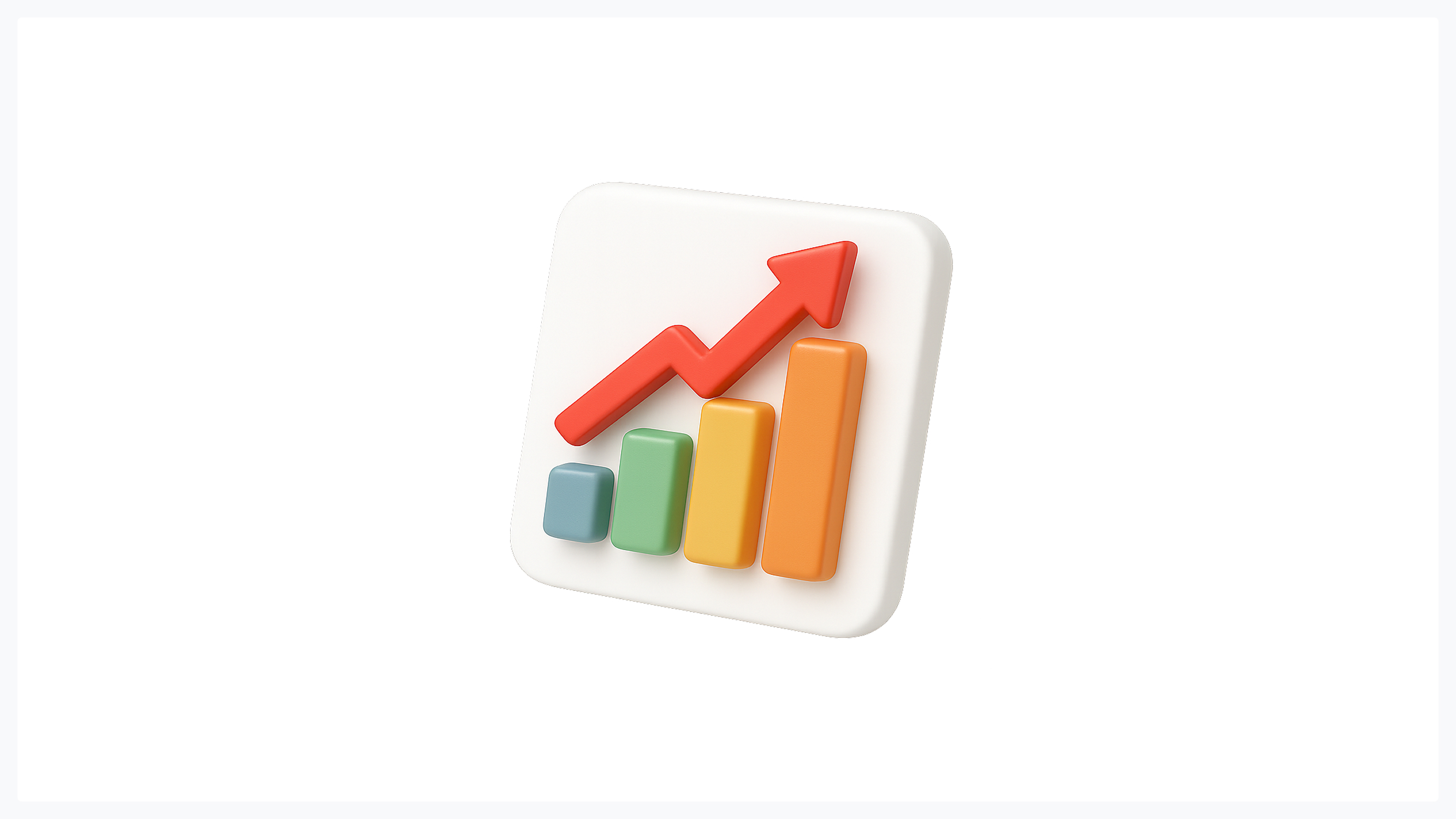
Balancing Compliance and User Experience
Regulatory compliance often conflicts with good UX principles. Long agreements, mandatory fields, and multiple confirmations all detract from the user experience. Fintech UX designers must find ways to make mandatory procedures less painful.
Break long forms into several short steps. Explain why each piece of information is needed. Use progress bars to indicate the amount remaining to be completed. Each step should bring the user closer to their goal.
Communicating Complex Concepts Clearly
Financial terms can be intimidating to everyday users. Your job is to translate complex concepts into understandable language. Use analogies, real-life examples, and visual metaphors to effectively illustrate your points.
For example, instead of "annuity payment," you can say "fixed monthly payment." Instead of interest rates, show specific amounts. People understand "$20 per month" better than "0.5% of the amount."
Onboarding Users Without Overwhelming Them
The first few minutes in an app determine whether a user will stay. Onboarding should be quick but informative. Show the main features, but avoid overwhelming the user with unnecessary details.
Use progressive disclosure. Start with basic features and reveal additional features as needed. Let users feel the value of the product as quickly as possible.
Emerging Trends in Fintech UX (2025)
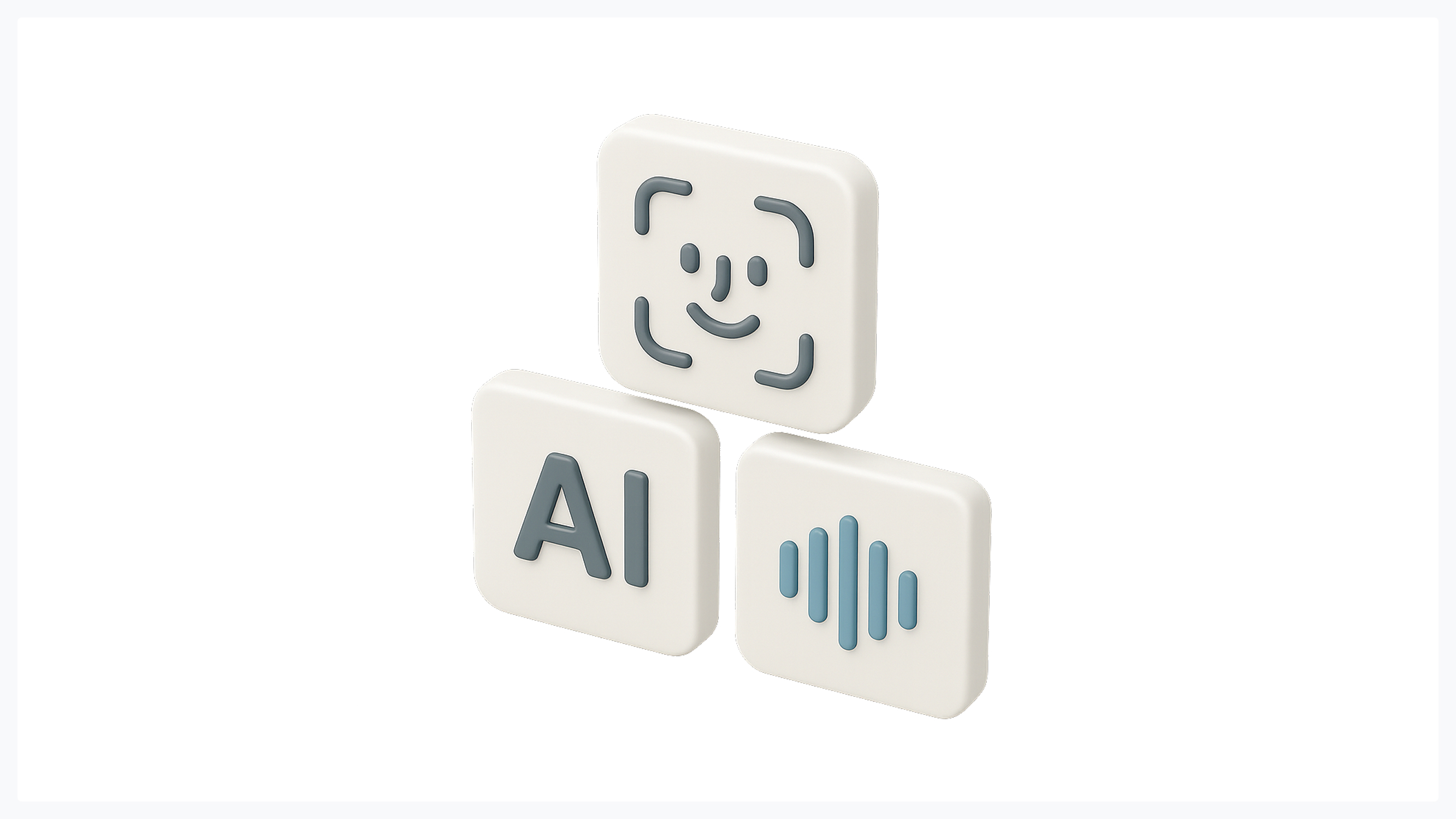
AI-Powered Personalization and Predictive UX
Artificial intelligence is changing approaches to fintech design. Smart assistants can predict user needs and suggest appropriate actions. For example, they can remind users about upcoming payments or suggest transferring money to a savings account.
But AI should remain an assistant, not a replacement for humans. Always give users the ability to control automatic actions. Explain how the system makes recommendations.
Gamification to Drive Engagement and Retention
Gaming elements help make finance more interesting. Progress bars for achieving goals, rewards for regular savings, and savings challenges all motivate users to save.
But gamification in finance requires caution. Serious financial decisions should not be turned into a game. Use game elements to motivate useful habits, not to encourage risky behavior.
Voice and Biometric Interfaces
Voice assistants and biometrics make interacting with fintech products more natural and intuitive. Checking your balance with a voice command or paying with your fingerprint saves users time and effort.
These technologies are essential for people with disabilities. Voice control helps people with vision problems, and biometrics helps those who have difficulty entering passwords.
Mobile-First and Cross-Device Continuity
Most users initiate financial transactions on their mobile devices. UX design for fintech should take this into account from the outset. The mobile version should not be a simplified copy of the desktop version.
Continuity between devices is essential. Users should be able to start a transaction on their phone and finish it on their computer. Data synchronization should be instantaneous.
Data Visualization and Micro-Interactions
Good data visualization helps users understand their finances. Spending graphs, income charts, investment maps — everything should be clear and understandable.
Micro-animations add liveliness to the interface. They confirm the user's actions and make the interaction more enjoyable. But don't overdo it — animations should be fast and functional.
Fintech UX in Practice: Real-World Examples
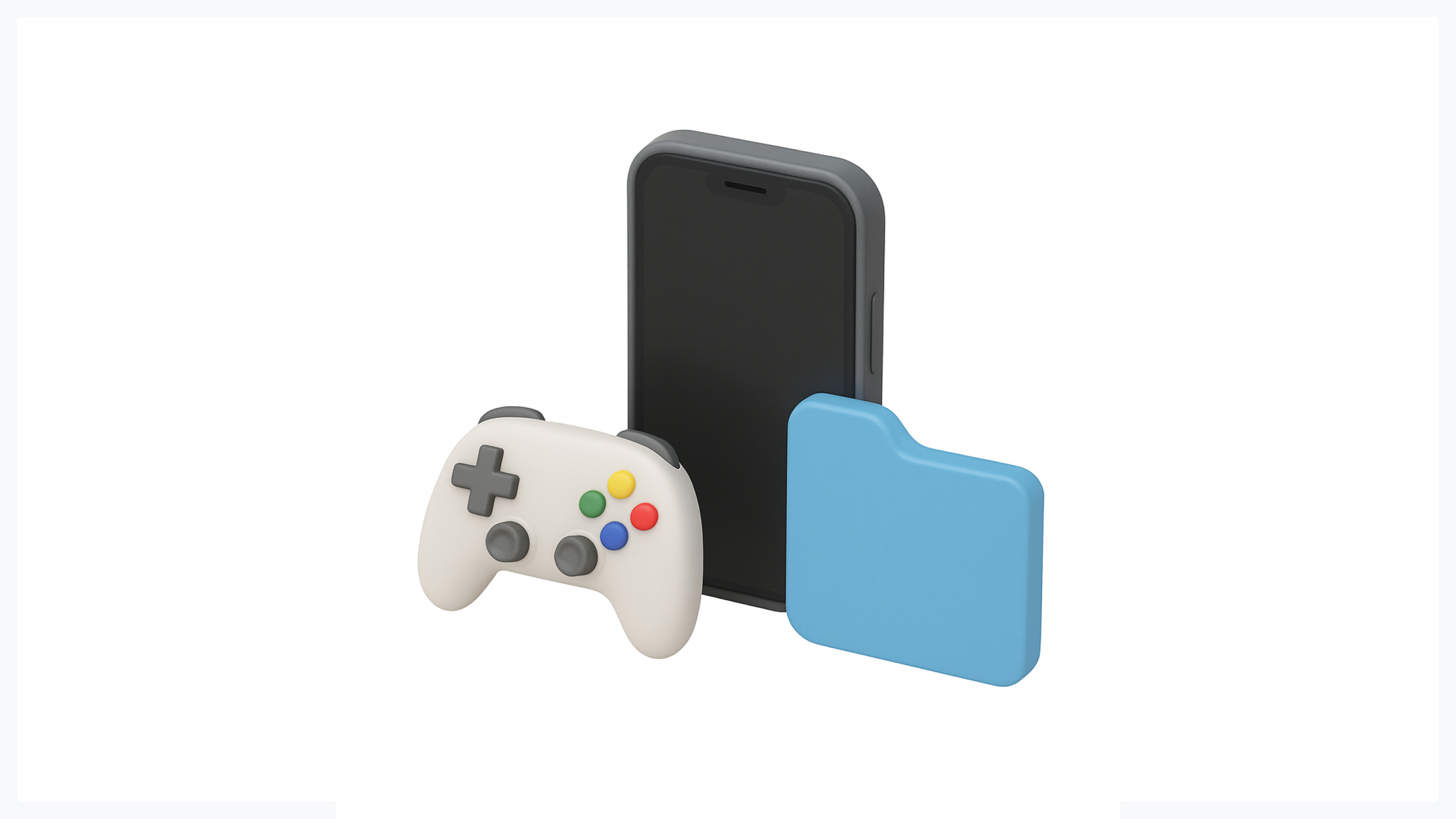
How Revolut Uses Gamification to Encourage Savings
Revolut has turned saving into an exciting process. Users can round up their purchases and save the change. The app shows progress toward goals and congratulates users on their successes.
This approach works because it makes abstract goals concrete. Instead of "save money," the user sees "2,000 dollars left until vacation." This motivates them to continue saving.
Robinhood's Streamlined Onboarding Experience
Robinhood has simplified the process of opening an investment account to a few minutes. Registration takes a few simple steps, and you can start trading immediately after confirming your identity.
The key to success is minimizing friction. Users don't have to fill out long forms or wait for bank approval. Everything happens quickly and transparently. This is especially important for attracting young users.
Mint's Use of Personalization and Data Clarity
Mint automatically categorizes spending and provides detailed financial analytics. Users see where their money is going and receive personalized savings recommendations.
Mint's success lies in the fact that the service not only displays data but also helps users understand it. Color coding, clear categories, and simple graphs make financial information accessible to everyday people.
UX Research Methods That Drive Fintech Success
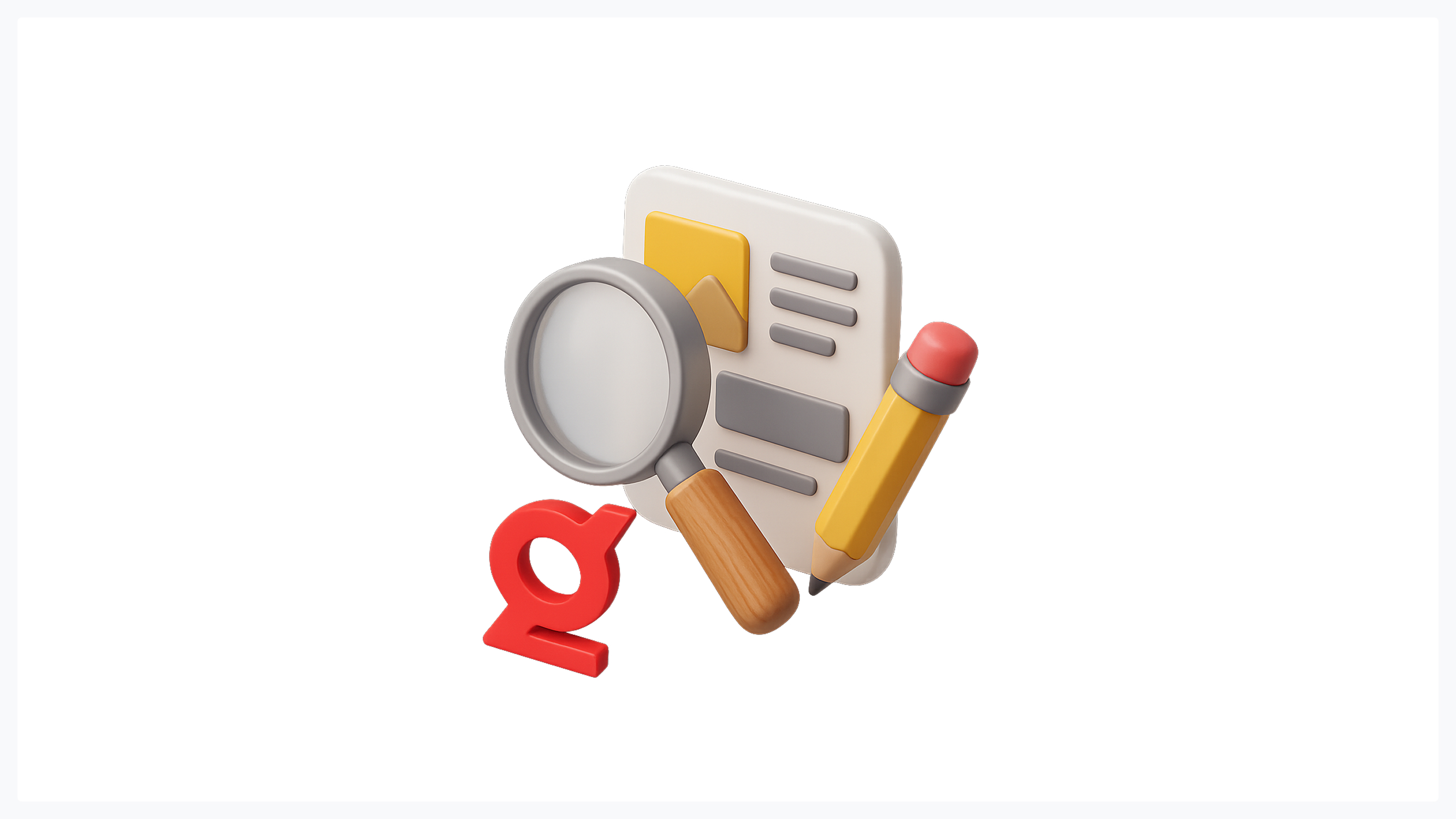
Usability Testing and Feedback Loops
Testing with real users is critical in fintech. People understand financial terms and processes in different ways. What seems obvious to a designer can be confusing to a user.
Conduct tests at different stages of development. Test not only functionality but also emotional response. How does the user feel when transferring money? Does the interface inspire trust?
Behavioral Analytics and Heatmaps
Behavioral analytics reveals how users interact with the product. Heat maps identify problem areas in the interface. Conversion funnels show where users abandon transactions.
This data helps you make decisions based on facts, not assumptions. Fintech UX should be based on actual user behavior, not on how they say they want to act.
A/B Testing for Incremental UX Gains
A/B testing allows you to test hypotheses on real users. You can test different versions of buttons, texts, and element placement. Even small changes can significantly increase conversion rates.
In fintech, it is essential to test carefully. Not all experiments are suitable for financial products. Always consider the impact on security and regulatory compliance.
Should You Invest in Fintech UX Design?
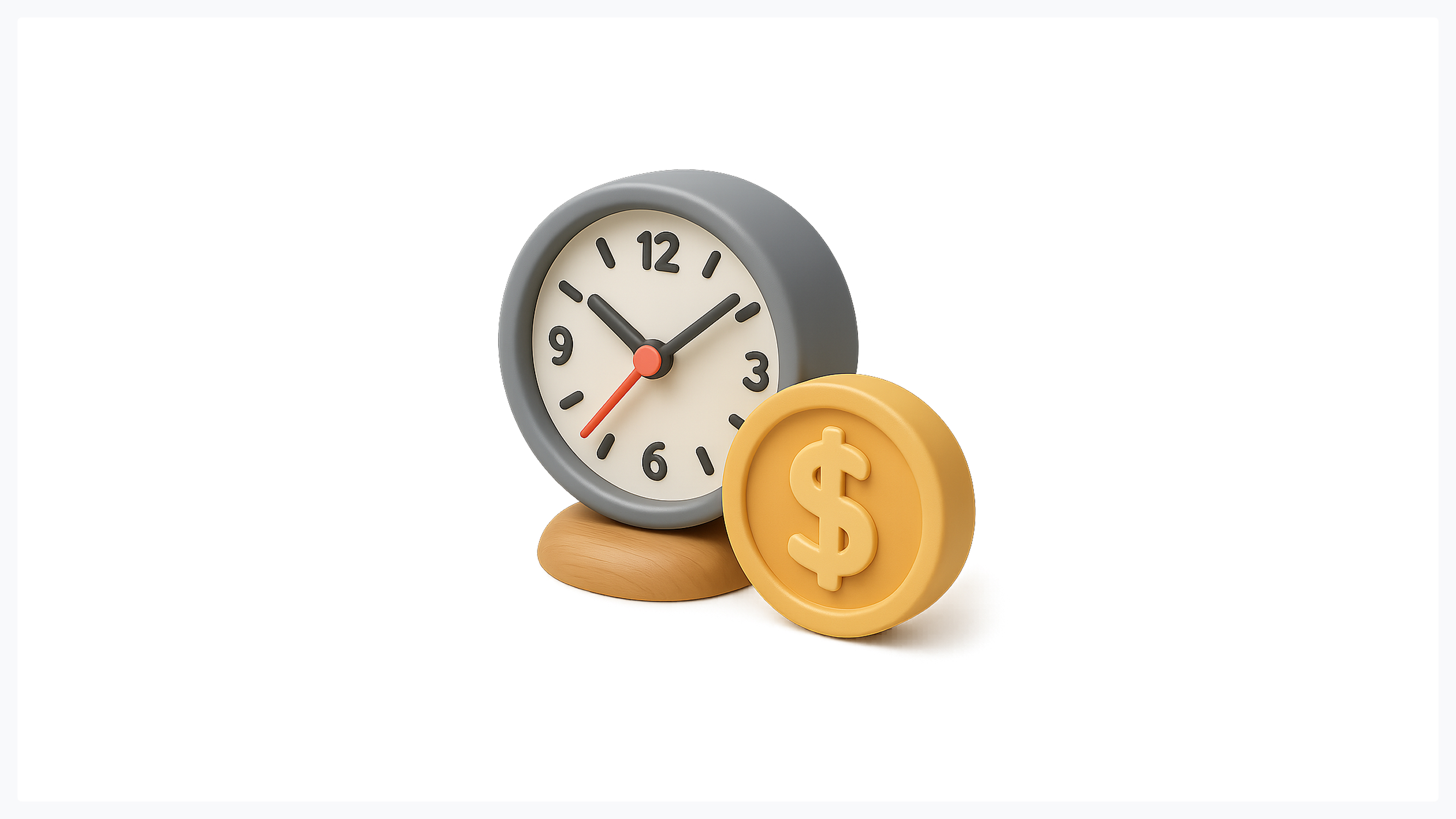
UX as a Competitive Advantage in Crowded Markets
The fintech product market is becoming increasingly competitive. Functional differences between products are shrinking. Fintech design is becoming a key factor in user choice.
Good UX can be your competitive advantage. Users are willing to pay more for convenience. They choose products that are easy to use and inspire trust.
Higher Retention, Lower Support Costs
A high-quality UX reduces the number of support requests. Users make fewer mistakes and gain a better understanding of how the product works. This saves money on customer support.
Good design also increases user loyalty. Users are less likely to switch to competitors and more likely to recommend the product to friends. The cost of acquiring new customers through referrals is significantly lower.
Building Trust Through Better Design
Trust is the currency of fintech. Users only trust companies that seem reliable with their money. Professional design is one way to build that trust.
Every element of the interface should inspire confidence. Clear text, intuitive navigation, and fast performance all contribute to the impression of a reliable company.
How Glow Team Helps Fintechs Design Smarter Products
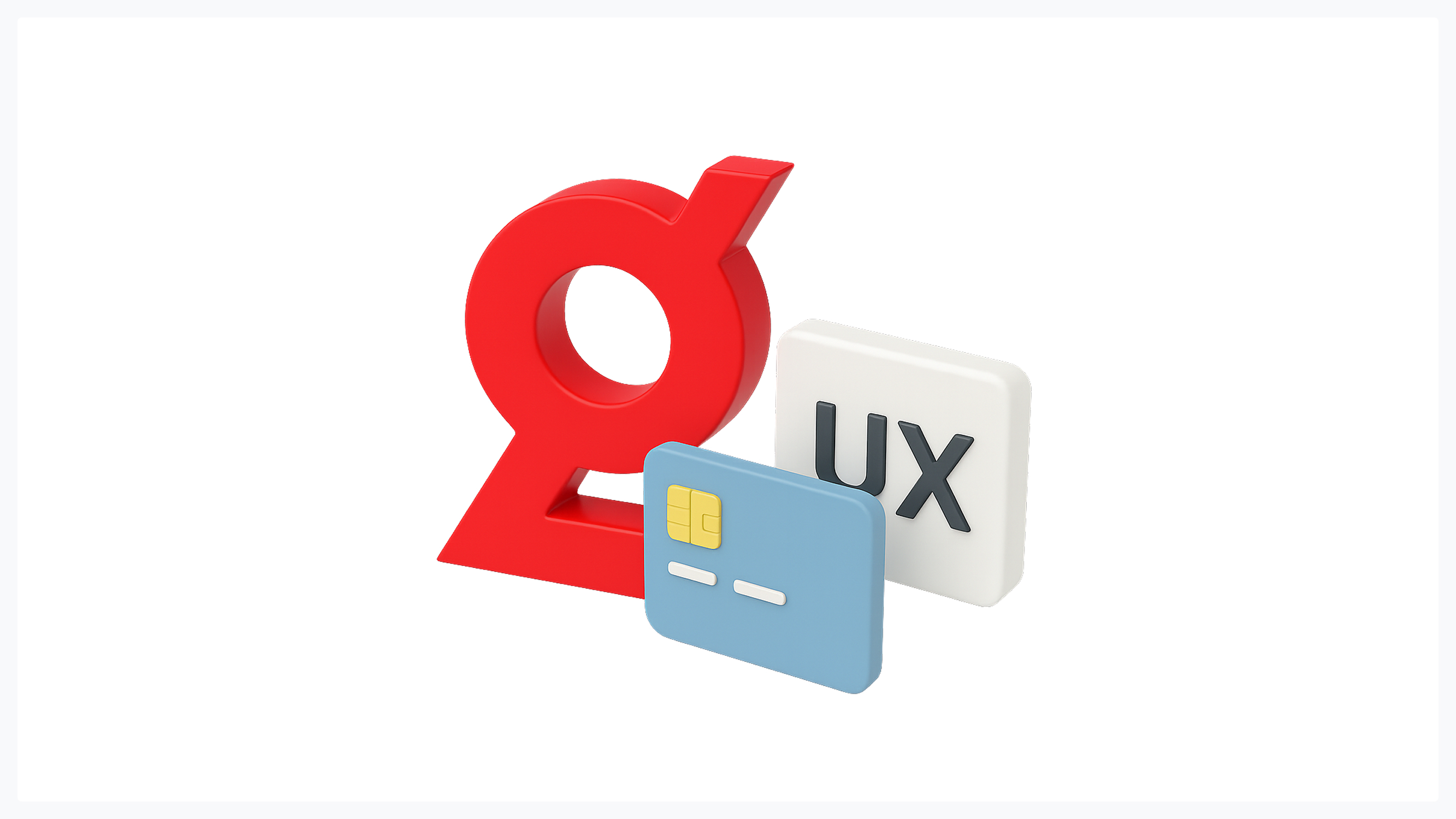
The Glow team specializes in creating UX designs for fintech products. We understand the financial industry and regulatory requirements. Our experience enables us to create products that are both user-friendly and compliant with all relevant regulations.
We use a data-driven approach to design. Every decision is based on user research and metric analysis. This enables us to create products that genuinely address users' needs.
Our team will help you at every stage, from user research to testing the finished product. We create design systems that scale with your business.
Ready to discuss your project? Sign up for a consultation, and we'll tell you how to improve the UX of your fintech product.

